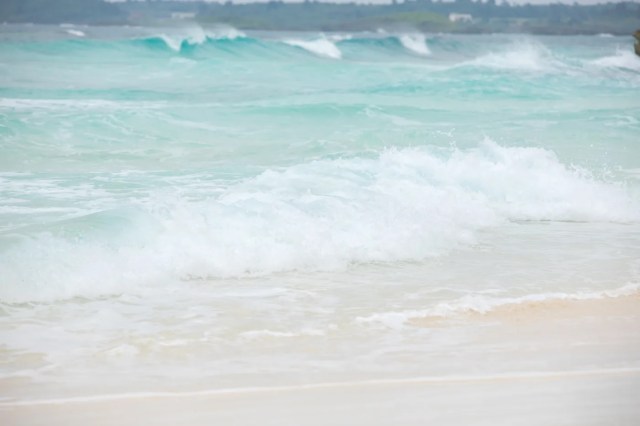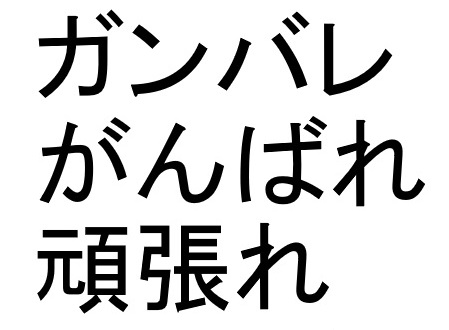Japanese mom at seaside hospital with no visiting hours gets a beautiful get-well message

We need tissues, stat.
No one really likes having to be hospitalized, but if you do need extended medical care or observation, you could do a lot worse, in terms of ambiance, than Chiba Prefecture’s Kameda Medical Center. Located in the seaside town of Kamogawa, the hospital is just one block from the beach, and being able to see the ocean waves gently rolling against the sand from the building’s upper-floor windows likely has a soothing effect on the nerves of patients dealing with difficult medical conditions.
On a recent afternoon, though, it was more than just the natural scenery that was giving a boost to one patient’s spirits, as shown in these photos shared through the hospital’s official Twitter account.
今日はKタワー13階から誰かのママさんへのメッセージです! pic.twitter.com/SLEM7AV7zo
— 亀田総合病院(ちっとばあり公式) (@kmc_pr) November 24, 2021
Look closely at the pictures, taken from the 13th floor of the hospital, and you’ll see a row of driftwood, deliberately arranged in the following pattern:
![]()
The heart is pretty self-explanatory, but as for the rest of it, it’s katakana, a form of Japanese writing, and the message, “Mama, ganbare,” translates to
“Mama, hang in there!”
Apparently someone wanted to give their mom, who’s currently hospitalized at Kameda Medical Center, a special message, and rather than opt for a regular old get-well-soon card, decided to put their feelings into words on the beach. Adding an extra dash of poignancy is the fact that since January, as part of its coronavirus countermeasures, the hospital has stopped allowing ordinary patient visiting hours (with exceptions made for when visitation is deemed necessary), but whoever wrote the message still wanted to let Mom know that they were nearby, even if they couldn’t come into the building.
▼ Kameda Medical Center can be seen on the far right here.
The photos quickly had Twitter users tearing up, and not because of any sting from spraying saltwater.
“It’s so precious that they not only came up with the idea, but actually went ahead and did it to.”
“That’s gotta be heartwarming not just for the mom whose kid wrote the message, but for anyone at the hospital who sees it.”
“I’ll say it too: ‘Mama, hang in there!’”
“Hang in there, Mom! Your family is waiting for you.”
“Kameda Medical Center has an obstetrics ward, so maybe the message is for a mom-to-be.”
As mentioned above, the message is written in katakana, a type of Japanese script that’s usually used for writing foreign loanwords. It’s common for Japanese children to call their moms “Mama,” so katakana makes sense for that part, but why use it for ganbare, the part that’s an indigenous Japanese word? For starters, the simpler and more angular construction of katakana, as opposed to kanji and hiragana (the two types of script for indigenous Japanese words), makes it a lot easier to render when you’re using random pieces of driftwood instead of a pen.
▼ Ganbare, written, top to bottom, in katakana, hiragana, and mixed kanji/hiragana

Also, katakana, by nature of its sharper angles, tend to have a tough, bold visual impression, making it a great fit for ganbare here, since this is a message that’s both sweet and strong.
Source: Twitter/@kmc_pr, Kameda Medical Center via IT Media
Top image: Pakutaso
Insert images: SoraNews24
● Want to hear about SoraNews24’s latest articles as soon as they’re published? Follow us on Facebook and Twitter!
Credit:

0 comments:
Post a Comment